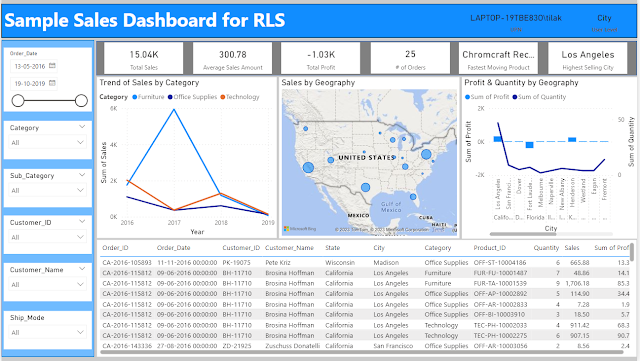A few days back, for the first time, I heard about D3.js, and was really impressed with types and options of data visualizations it provides.
To start with what is D3.js?
D3 stands for Data-Driven Documents. It is JavaScript library for manipulating documents based on data. It lets you build the data visualization framework that you want, and bring data to life using HTML, SVG and CSS.
Who has developed it?
Mike Bostock wrote D3.js based on his work during his PhD studies at the Stanford Visualization Group.
Where to find D3.js library and sample codes?
D3.js library and sample codes can be found at https://d3js.org
How D3.js works?
D3.js helps you attach your data to DOM (Document Object Model) elements. Then you can use CSS3, HTML, and/or SVG showcase this data. Finally, you can make the data interactive through the use of D3.js data-driven transformations and transitions.
When to use D3.js?
You should use D3.js because it lets you build the data visualization framework that you want. Graphic / Data Visualization frameworks make a lot of decisions to make the framework easy to use. D3.js focuses on binding data to DOM elements.
D3.js is written in JavaScript and uses a functional style which means you can reuse code and add specific functions to your heart's content. Which means it is as powerful as you want to make it. How you chose to style, manipulate, and make interactive the data is up to you.
You should use D3.js when your webpage is interacting with data, as it is a javascript library added to the front-end of your web application. Your back-end (the server) will generate the necessary data. The part of the application the users interact with (the front-end) will use D3.js.
Few samples,
To start with what is D3.js?
D3 stands for Data-Driven Documents. It is JavaScript library for manipulating documents based on data. It lets you build the data visualization framework that you want, and bring data to life using HTML, SVG and CSS.
Who has developed it?
Mike Bostock wrote D3.js based on his work during his PhD studies at the Stanford Visualization Group.
Where to find D3.js library and sample codes?
D3.js library and sample codes can be found at https://d3js.org
How D3.js works?
D3.js helps you attach your data to DOM (Document Object Model) elements. Then you can use CSS3, HTML, and/or SVG showcase this data. Finally, you can make the data interactive through the use of D3.js data-driven transformations and transitions.
When to use D3.js?
You should use D3.js because it lets you build the data visualization framework that you want. Graphic / Data Visualization frameworks make a lot of decisions to make the framework easy to use. D3.js focuses on binding data to DOM elements.
D3.js is written in JavaScript and uses a functional style which means you can reuse code and add specific functions to your heart's content. Which means it is as powerful as you want to make it. How you chose to style, manipulate, and make interactive the data is up to you.
You should use D3.js when your webpage is interacting with data, as it is a javascript library added to the front-end of your web application. Your back-end (the server) will generate the necessary data. The part of the application the users interact with (the front-end) will use D3.js.
Few samples,






No comments:
Post a Comment